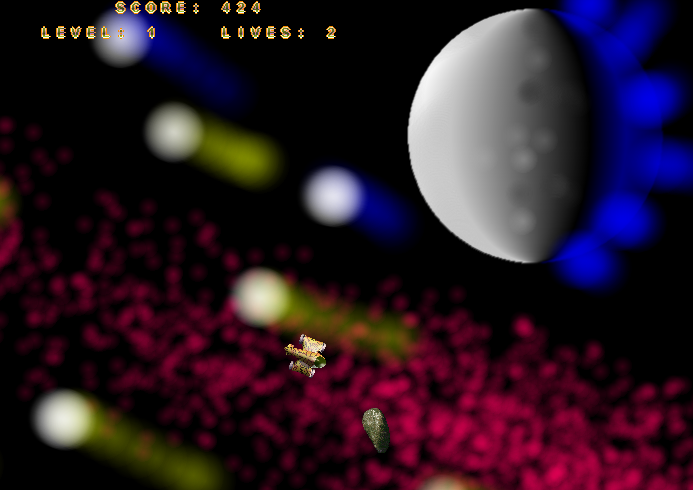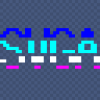chao51 said:
I am into retro games, so I am 0% interested in most modern gaming features.
“Modern” is a term like AAA, it isn't describing the engine itself, this code hasn't changed or has barely changed since Unreal Engine 1 in it's overall look and feel. You need math like you needed math in 1980, what has changed is the amount of memory you can address and the speed as same as some threading, but all of that was already there in the end of the 90s. So what do you consider “Modern” in a game engine?
I don't believe you're pushing every pixel to the screen all at your own, I guess you're using OpenGL e.g. WebGL or at least some “modern” draw features (compared to 1980).
Modern in case of game engines is mostly a term used for the production features and you can never have enougth production convenience today








